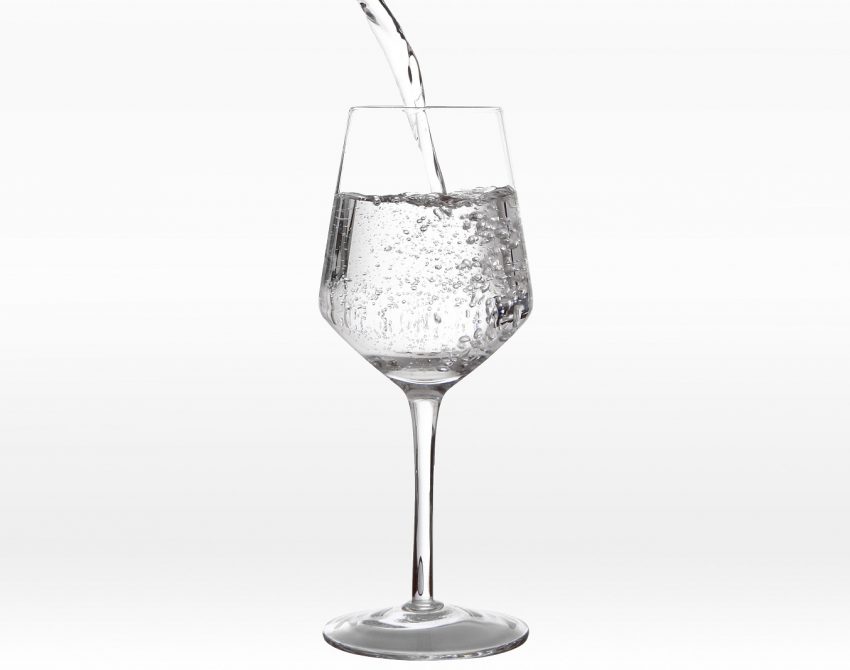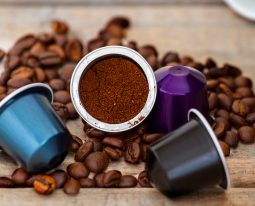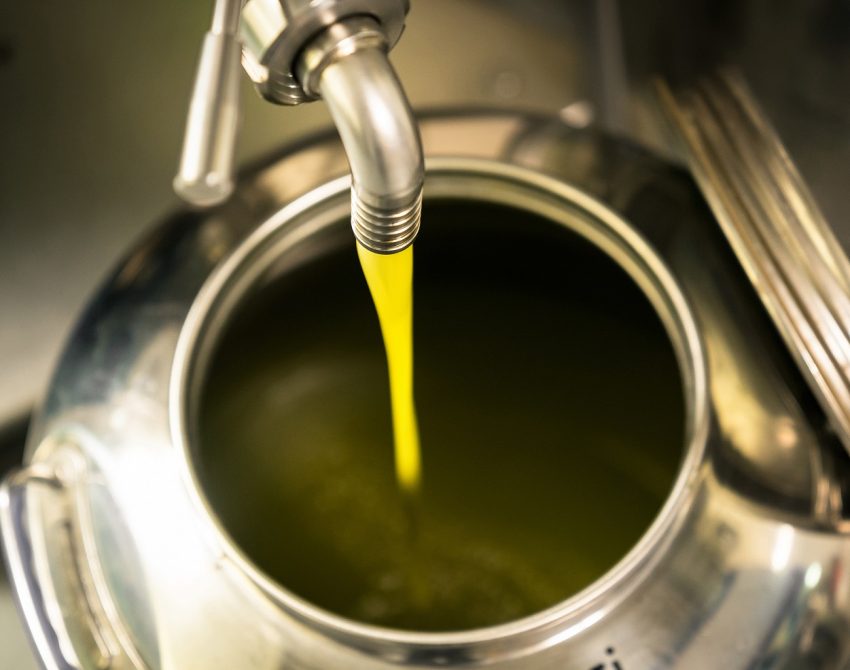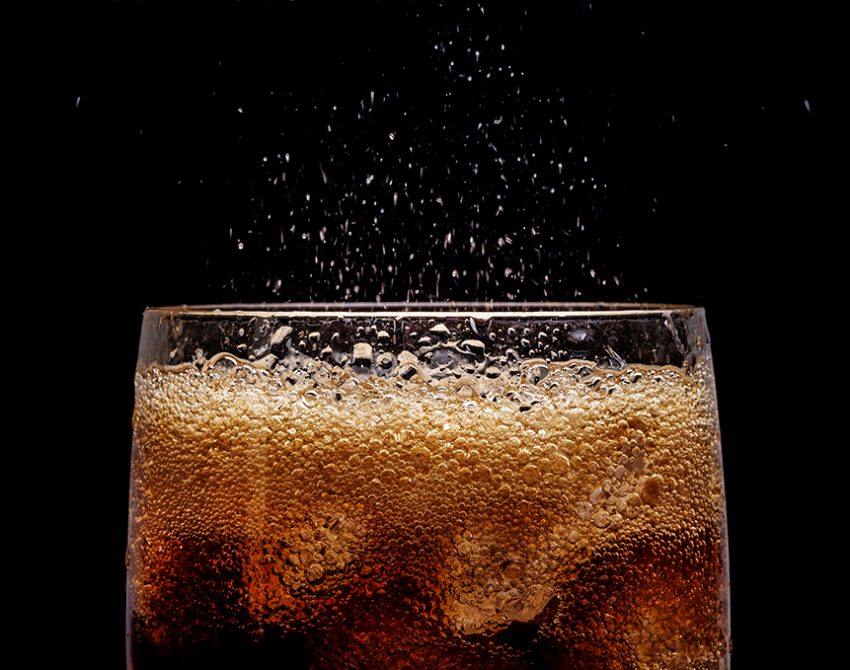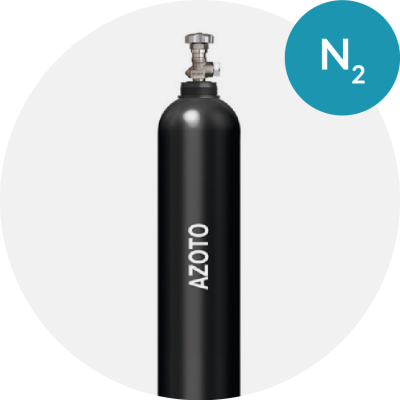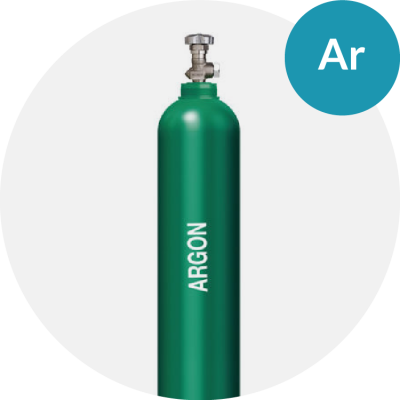Food-grade CO2, used as an additive (E290) for carbonating water, becomes an actual ingredient. It is essential, therefore, that the manufacturing process be able to ensure the highest safety standards. But not only that, it is also essential to ensure a high degree of water quality.
While there are the requirements defined by the standard, the concept of quality is much broader than the stipulated requirements and encompasses many aspects of the entire production and distribution chain. To ensure the highest levels, therefore, it is not enough to comply only with the specifications required by national and international legislation, one of them being European Regulation 231 of 2012, which sets specifications for food additives (listed in Annexes II and III of EC Regulation 1333 of 2008). You must also demonstrate that you have systems and processes in place to ensure total food safety.
Water quality and food safety, the relevant legislation
To have a quality product, it is a precondition to comply with the relevant regulations. Specifically:
- EC Regulation 178 of 2002: establishes the general principles and requirements of food law, establishes the European Food Safety Authority and lays down procedures in the field of food safety;
- EC Regulation 852 of 2004: defines the hygiene requirements that all food producers are required to comply with, including the obligation to implement a HACCP “system” consisting of procedures, training, records and controls;
- EC Regulation 1333/2008: specifically regulates food additives, indicating the mandatory information to be provided on the label;
- Regulation for Food Contact Materials (Moca) i.e. EC Regulation 1935 of 2004: covers materials and articles intended to come into contact with food;
- State-Region Agreement of April 29, 2010 and Presidential Decree 51 of 1997, which define the authorization process to be able to produce a food additive.
Those listed so far are the current legislative requirements. But companies that on their own initiative want to ensure even higher quality levels can voluntarily equip themselves with additional standards. Such as the FSSC-22000, which involves the implementation of a management system of quality applied to product food safety by incorporating the HACCP system and the adoption of a “Pre-Requisites Program.” which define the baseline of essential solutions and requirements to be adopted in food production and distribution.
Finally, there are other quality labels to guarantee the product to specific categories of consumers, such as the Jewish (Kosher Parve Passover certification) and Islamic (Halal certification) population.
Cylinders and the key role of valves
In order to protect the gas and its peculiarities, suitable containers must be used. The reference is to the cylinder in its entirety, including the valve, the use of which is regulated by:
- ADR Directive, the European Agreement concerning the International Carriage of Dangerous Goods by Road;
- Declaration of Compliance with EC Regulation 1935/2004 (MOCA), for packages containing food gases.
In the production cycle, cylinder preparation and filling are particularly delicate steps in which the residual pressure valve plays a key role. On the one hand, it allows a residual pressure of generally between 3 and 5 bar to be maintained inside the cylinder even when dispensing finishes (positive pressure prevents, in fact, contamination from outside). On the other hand, it allows you to fill the canister if you do not have the specific adapter.
In the specific case of carbon dioxide, these functions are crucial, to avoid back-contamination of moisture and liquids: to give an example, the reaction between CO2 and H2O would generate carbonic acid, capable of leading to progressive corrosion of the cylinder’s inner surface.
Water stations and reservoirs: the SIAD solution
The presence in the territory of the so-called water stations brings to light a crucial issue for the product safety: namely the need to frequently replace empty cylinders with heavy full canisters (more than 70 kg per canister) without interruptions in the supply of carbonation, especially at the busiest times.
Research has enabled the development of solutions, such as SIAD’s Happy Drink Service, capable of meeting these needs. The installation of a minibulk enables the carbonation of water, by adding CO2 E290, at the time of dispensing.
The minibulk is a stainless steel, compact-sized cryogenic container that replaces ordinary cylinders and provides a constant supply of sparkling water.
The benefits of minibulk are many:
- Increases the efficiency of the draft beverage dispensing system
- Eliminates downtime for replacing empty cylinders and the resulting supply interruptions
- Ability to store larger quantities of gas for the same cylinder footprint.
Deliveries for refueling the minibulk come via small vehicles that can reach even historic centers, passing through alleys and very narrow streets.
